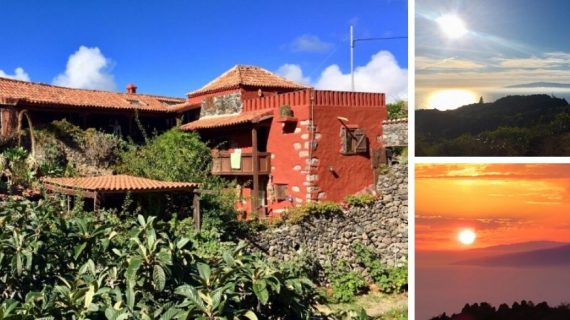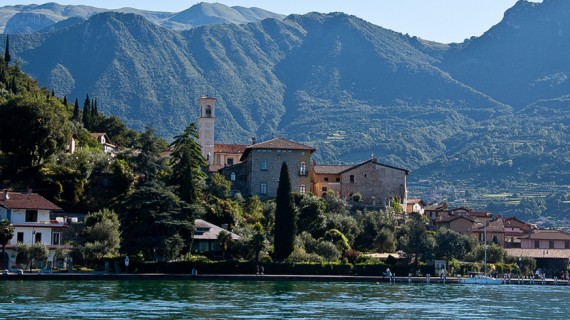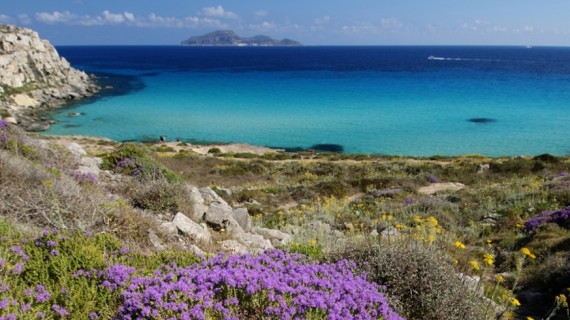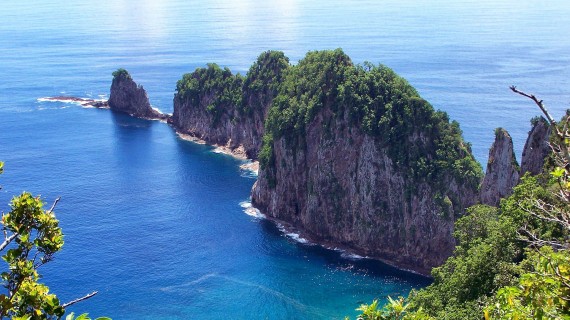Santo Antao, the second-largest island of the Capeverdean archipelago is a paradise for hikers and eco-friendly travellers. This little island of only 779 km² seems to have a mere infinite number of breath-taking hiking trails and a unique sensitiveness towards its natural heritage. Even after spending 10 days on the Ilha das Montanhas – the Island of the Mountains – I couldn’t do all the trekking treks of this lush green island.
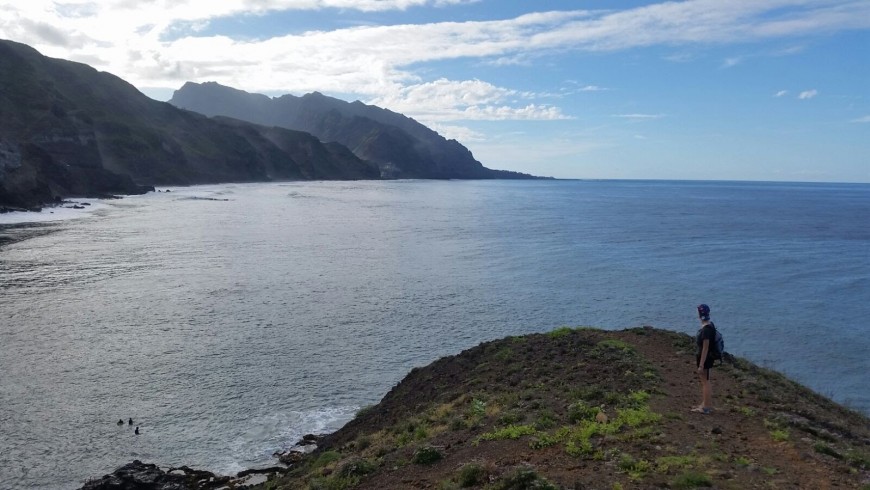
Without exaggeration, I can state that Santo Antao is still a hidden gem. While other islands of the Capeverdean archipelago like Sal Island, Boa Vista or Sao Vicente are getting more popular among tourists, Santo Antao maintained its relatively untouristy spirit. During my visit, I could spot only a few travel groups, most of the hikers.
After being confronted with the rough beauty of Santo Antao, I was truly surprised why its trails are not more known among hiking and trekking lovers. Spectacular landscapes, dramatic valleys, ursprüngliche way of living, vertiginous mountain peaks on the background of the deep blue Atlantic Ocean… all this shapes the panorama of Santo Antao island.
Let me give you several reasons why you, as an eco-friendly traveller, should include Santo Antao, Cape Verde on your travel bucket list.
Hiking Trails in Santo Antao, Cape Verde
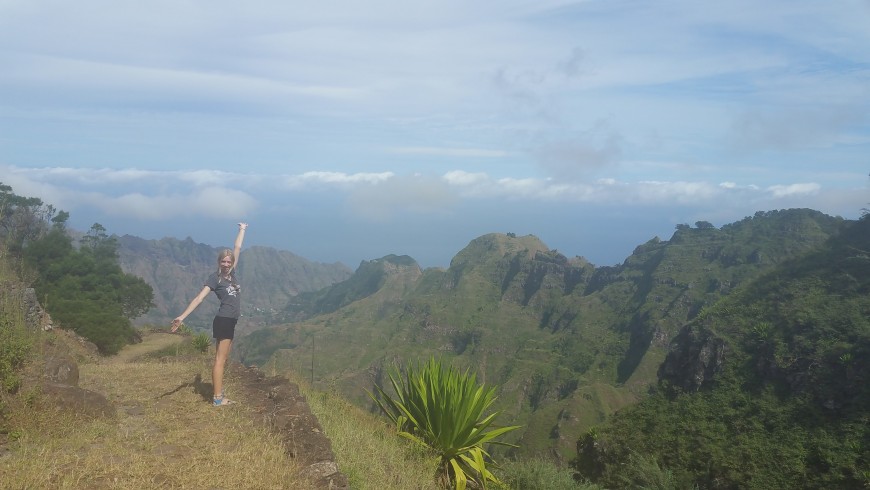
The best way to discover the rough beauty of Santo Antao is definitely by hiking. Not only is trekking an eco-friendly way of traveling but also a great way to connect with the local population. What the tourist sees as a gorgeous hiking trail, is often the only access to remote villages set in a deep valley. Thus be prepared to meet farmers with their donkeys, kids going several kilometers to school, old ladies carrying on their heads products of their gardens set in vertiginous heights.
The most known trek of Santo Antao connects the Cova volcano crater via the Paúl Valley to Vila das Pombas. Another spectacular trail is the 8-hour long route from Cha de Igreja to Ponta do Sol leading through Cape Verde’s most picturesque village: Fontainhas. Also here the hiking trail, not asphalted, is the only access to the village. Here you can find detailed info on TOP 6 hikes in Santo Antao.
The limited amount of individual cars makes Santo Antao a particularly eco-friendly destination to visit. The most common way of transportation is the aluguer, a the public bus. As cars are not very frequent, the air you breath is still pure and very clean. Additionally, no flight noise will bother you since the airport of Santo Antao has been closed only recently due to its short landing strip. Since then Santo Antao can only be accessed by boat from the capital Mindelo of neighbor island Sao Vicente.
Green Accommodations in Cape Verde
Luckily Santo Antao has been protected from mass tourism. There are a few tourist hot spots spread all over the island like Ponta do Sol, Tarrafal (the only beach area on the entire island) or Ribeira Grande where you can find the usual hotel buildings. But still, they are limited and perfectly integrated into the urban architecture.
The large majority of accommodation possibilities are eco-friendly resorts set in a rural, unspoiled and often breath-taking natural setting. Most establishments really make an effort to transmit cultural knowledge to its visitors. They serve homemade food based on ingredients straight from their ample gardens.
Perfect examples of such ecologically aware eco-resorts are:
– Kasa Xoxo: Near Ribeira Grande and set in an exuberant mountainous setting
– Biosfera Amor do Dia: Located near to Cova Crater. Best Breakfast on the island with homemade jam and bread. Stunning views on Sao Vicente Island.
– Casa das Ilhas: Set in the impressive Paúl valley surrounded by coconut palms and mango trees.
Sustainability & Green Tourism in Santo Antao
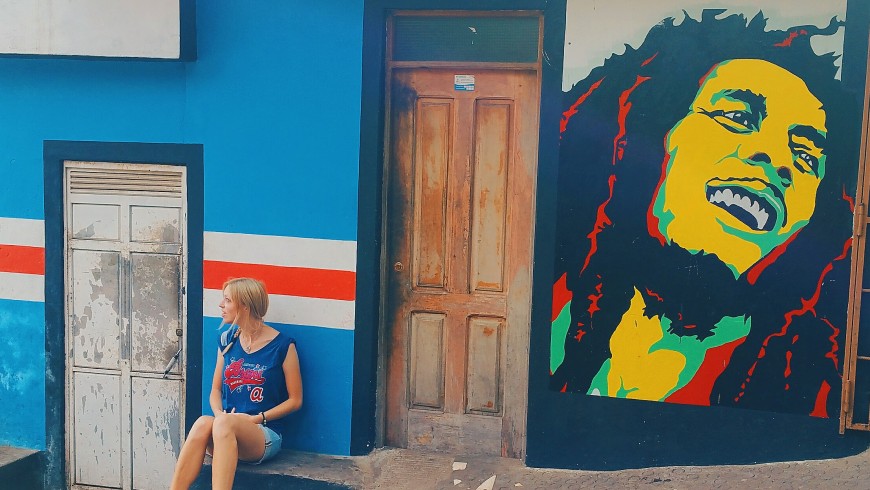
Santo Antao is the most fertile island of the Capeverdean archipelago. With its intensive agriculture on terrace plains, it produces so many fruits and vegetables that it can feed the other Capeverdean, much drier islands as well. This also explains the rather high food prices on Sal Island, Boa Vista or Sao Vicente… Everything needs to be shipped in from Santo Antao island.
Some visitors might think that the gastronomy of Santo Antao is not very variated. But that’s because we are too used to having fast-food chains, Sushi shops and Pizzerias everywhere we travel. I have to disappoint you: there is no hamburger chain on Santo Antao and we just found one bar serving a kind of pizza thing in Ribeira Grande.
All the food that you’ll get served in Santo Antao’s restaurants comes straight from its fertile lands. Thus most products are free from pesticides and have no transportation way. On top, most food comes straight from the market or the garden which tremendously reduces the quantity of plastic on the island and in the sea. I am convinced that if you follow the Capeverdean diet based on fish, fruit, beans, and rice, you’ll see how your health will improve. At least I felt that my body was grateful for this mix of long hikes and healthy food.
The menu cards of the restaurants vary with the seasons and many establishments only serve one meal. They do not really have a menu card, you have to eat the daily menu (prato do dia). I loved this simple and waste-reducing way of eating out. You can’t leave Santo Antao without having tried its most famous dishes like Catchupa, Garroupa, breadfruits, grogue and ponche…
Not only the breath-taking mountain landscapes or its rough, unspoiled character make the island of Santo Antao a heavenly travel destination for all kinds of outdoor lovers. Since the genuine people of Santo Antao knew how to preserve their nature-oriented lifestyle in peaceful co-existence with nature, the island has the potential to become an eco-friendly destination per excellence. The visitors of Santo Antao will find themselves surrounded by such a monumental and awe-inspiring natural setting that they’ll have to recognize that eco-friendly and slow traveling is the only appropriate way of wandering.
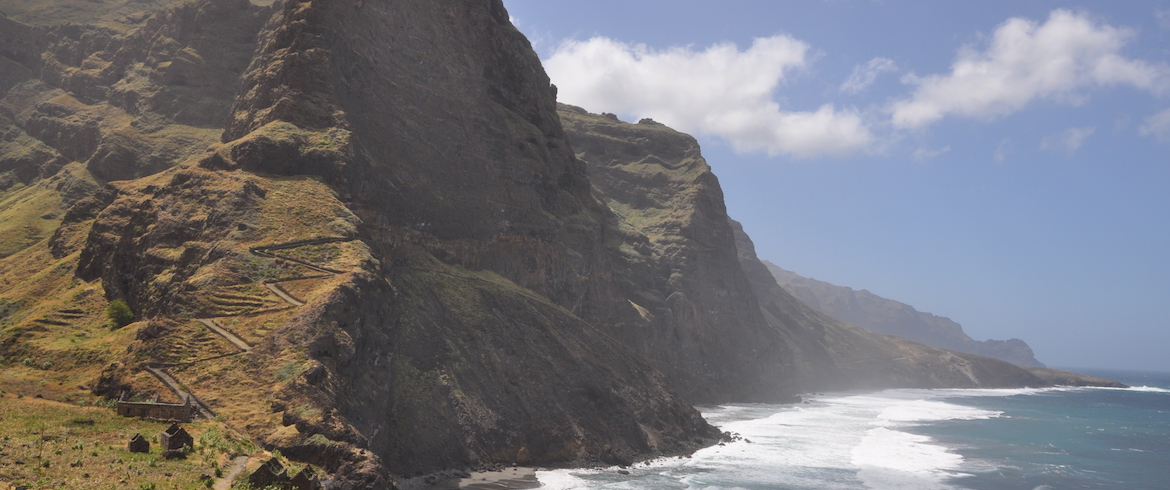
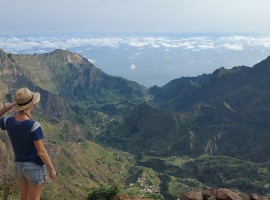
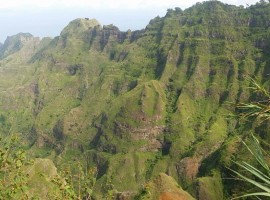
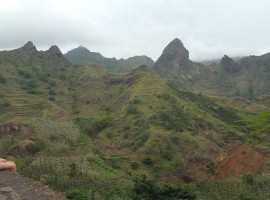
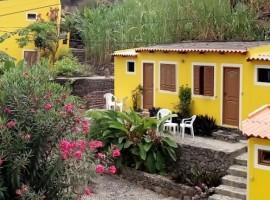

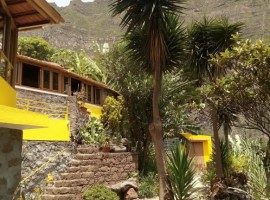
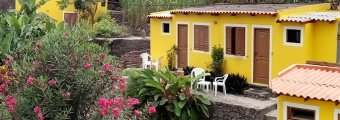 Casa das Ilhas – Resort Ecosostenibile a Paul, CV
Casa das Ilhas – Resort Ecosostenibile a Paul, CV 